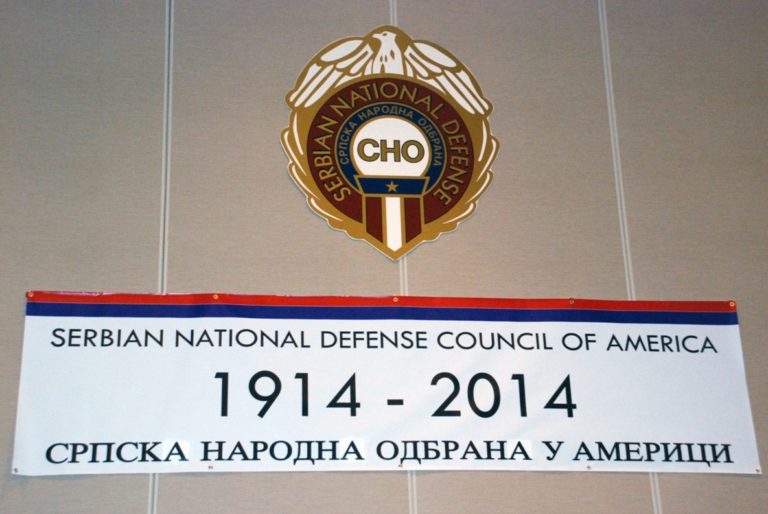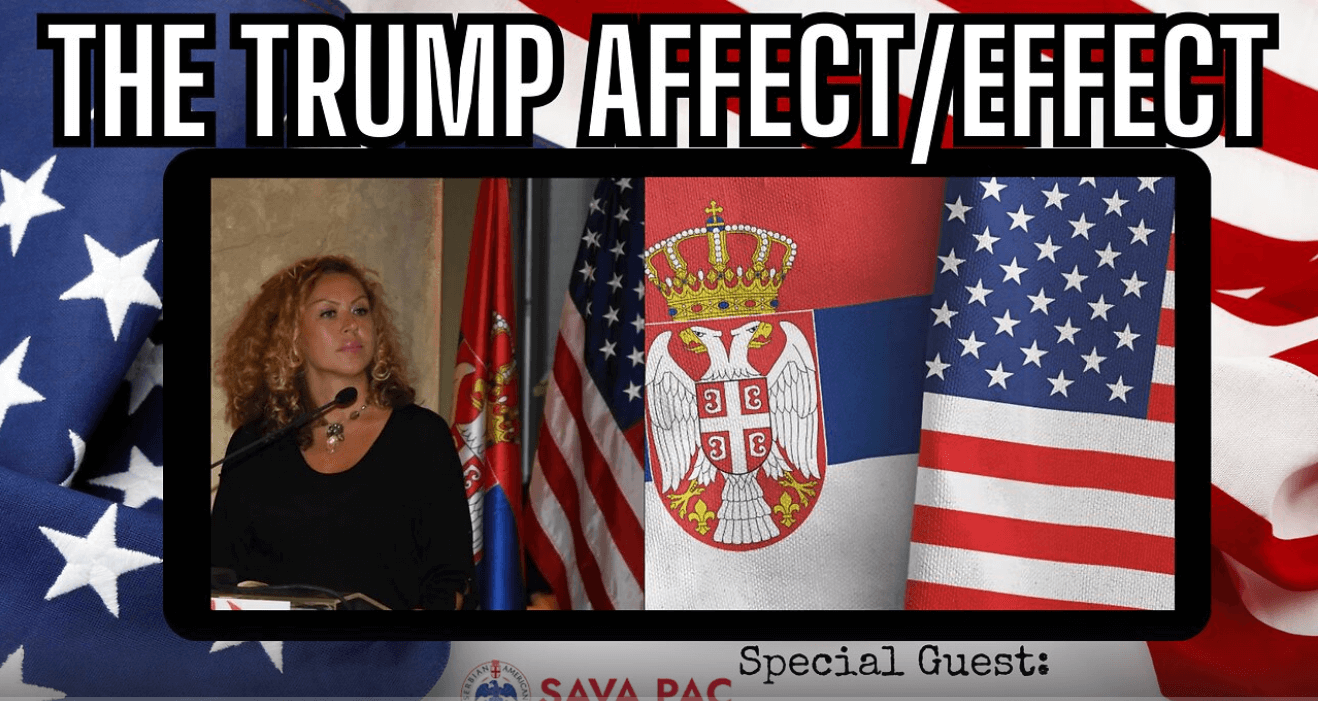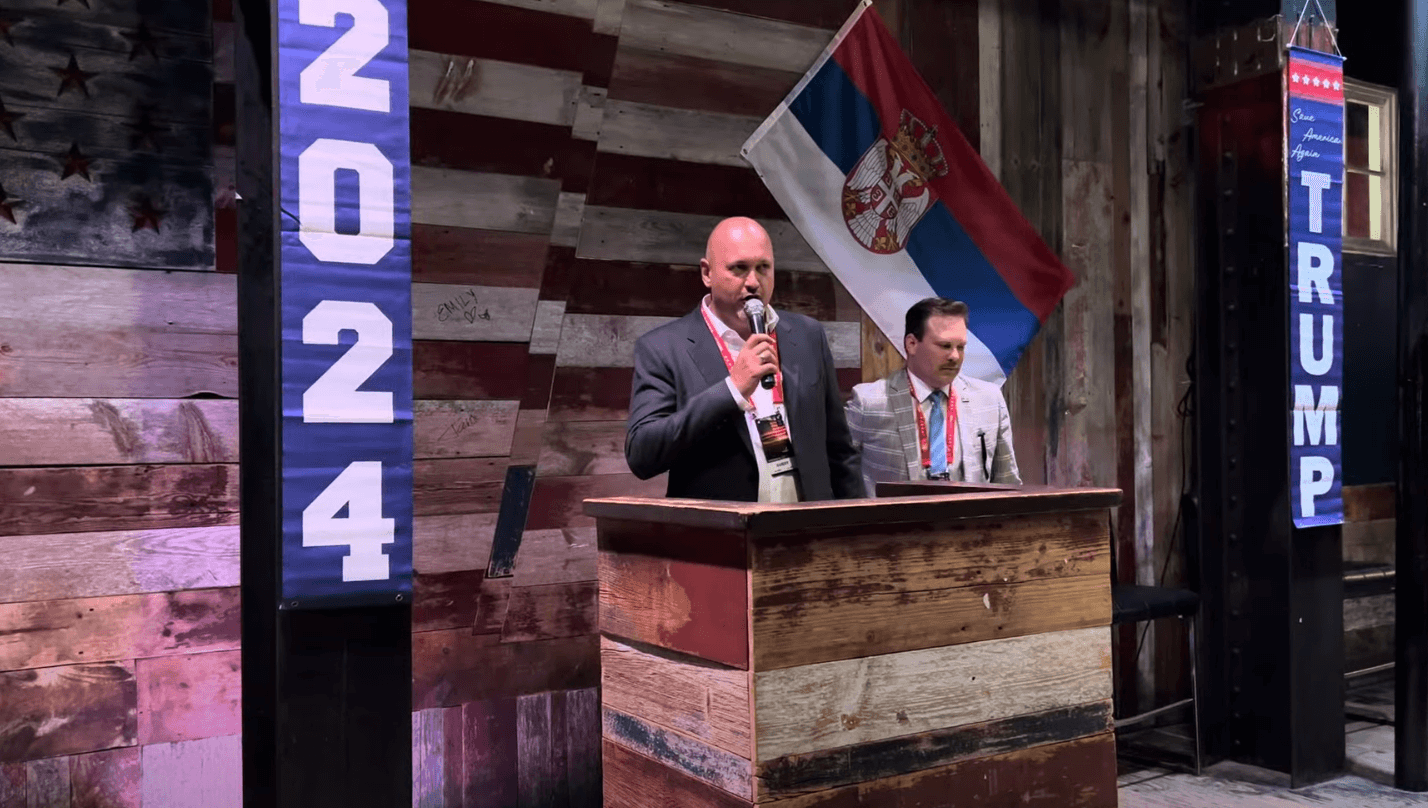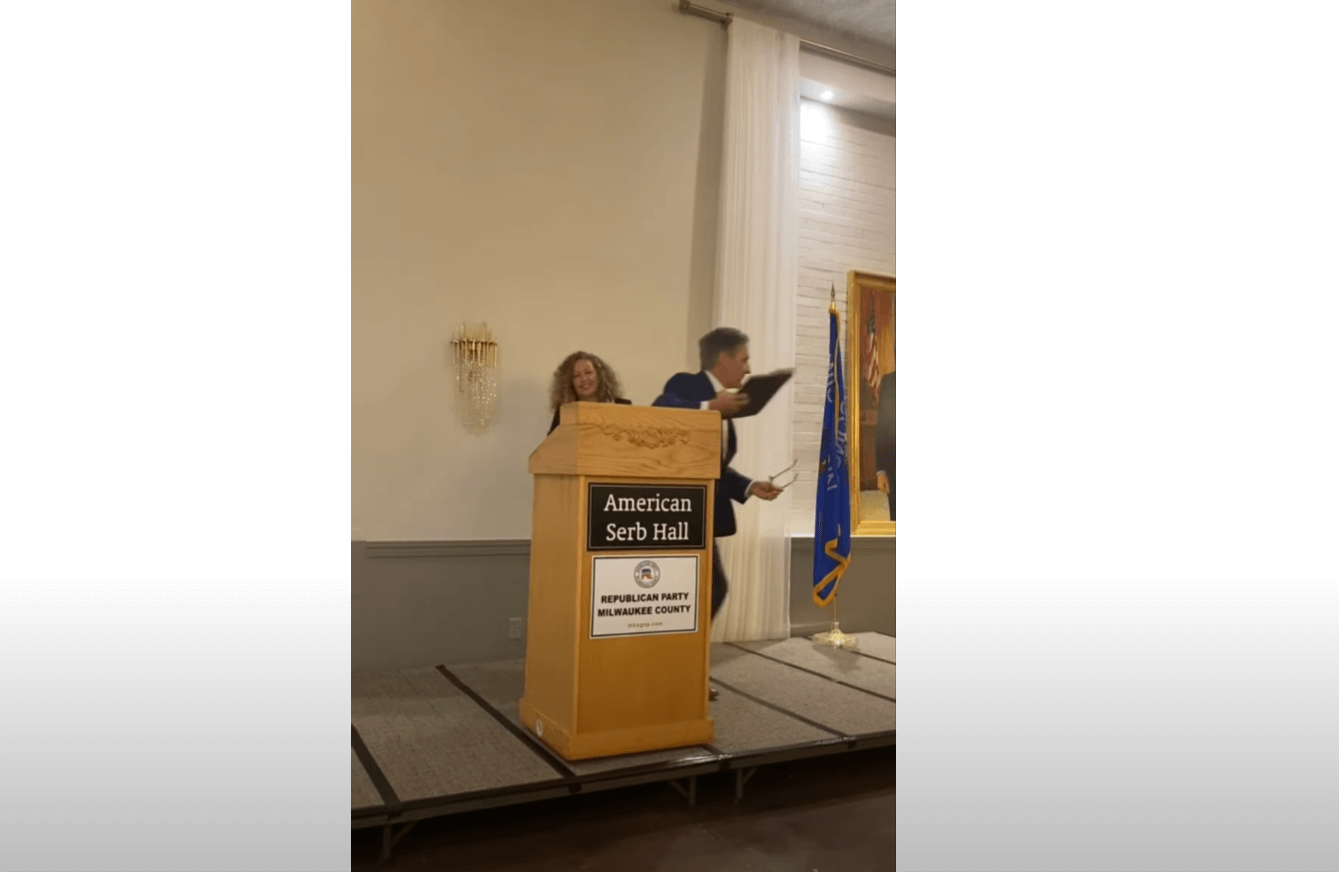Serbian-American Organizations in the USA
For the past 150 years, numerous Serbian-American organizations have been founded. Some stood the test of time and are still active. They all had one goal: to help Serbs integrate into American society. With that in mind, let’s go back to the second half of the 19th century and learn more about their formation and importance.
Nowadays, it’s much easier to move to the US than 200 years ago. In the internet era, you feel much safer knowing where you go and what you can expect. In less than an hour, you can learn everything you need about every corner of every American city.
But, immigrants like George Fisher and others in the 19th or 20th century didn’t know much. The average peasant from Lika or a fisherman from the Bay of Boka was not in a position to receive such information.
Perhaps some heard about the promised land, a gold rush, and a country where they could achieve their goals and live freely in abundance.
Still, they weren’t prepared for a completely different world in which, at its heart, lay the idea known as the melting pot. It was the idea that all of the cultural botany and differences of immigrants should melt together and abandon their cultures to assimilate into American society.
The Serbs realized that. However, soon after they settled and solved their basic needs, they strived to keep their identity and not break up the ties with their homeland.
After all, the culture, religion, and customs were something that was deeply rooted in them.
In the first couple of decades, due to their weak level of English, low-paid jobs, and lack of knowledge of American culture, they were isolated. At first, they joined already established Greek or Russian (Slavic) churches, newspapers, or societies. After a while, they started founding their own.
They began by establishing organizations, constructing churches, and positioning the Serbian community higher in the US.
Founding of the First Serbian-American Organizations
In the last two decades of the nineteenth century, the first cultural institutions, fraternal groups, and newspapers for Serbian Americans were founded.
But it was just the beginning.
Whenever Serbs settled, they organized and grouped. Some of the first places they socialized were taverns (tavern is “kafana” in Serbian).
During centuries, the concept of Kafana changed, but it remained the center of all events and meeting point for artists, writers, and regular folks; it’s no surprise that Serbs consider it one of the most important social institutions.
It was where immigrants could gather and drink alcoholic beverages and coffee, often enjoying live music. Kafana was also where Serbs made agreements about creating organizations and helping each other.
The first of its kind (according to Marko Lopušina in his work “Serbs in America 1815-2010. First 200 years of conquering USA”) was the First Mutual Voluntary Society of Serbs in America, established in 1880 in San Francisco.
Its founder was Lazar Jovović, a lieutenant of the American Army. He arrived from Louisiana but was actually from Herceg Novi (a small town on the coast of the Adriatic Sea). The organization’s goal was to help the social and cultural life of the Serbian community but also to help Serbs in their motherland.
As time passed, new organizations were established.
San Francisco, Pittsburgh, and Chicago were the cities with the highest concentration of cultural activity.
Serbs of that time were enthusiastic about keeping their culture alive. They were involved in establishing organizations of various kinds, whether they did so alone or alongside members of other Slavic ethnicities.
The first Serbian school in San Francisco, the Serbian-Montenegrin Literary and Voluntary Society, the Slavic society “Slavonik,” the cultural and educational club “Obilić,” the group “Sokol” and many other organizations were founded in this period.
It would require more than one article just to mention them all.
That’s how active and respectable the Serbian American community was.
The Serb National Federation
At the turn of the 20th century, there was a significant arrival of new Serbian immigrants looking to get involved in existing fraternal and cultural groups.
Some organizations proliferated and began to compete with one another. That led to controversies within and among these organizations. It’s difficult to determine the cause. We’ll focus on outlining their achievements instead.
The Serbian Orthodox society-Srbobran (Srpski Pravoslavni Savez-Srbobran) was established in 1901 (Pittsburgh).
During that time, it was the driving force of Serbian life. Its founder was Sava Hajdin (along with four other delegates), a cousin of Nikola Tesla. After receiving support from Tesla, he established the Alliance rooted in American democracy as a center of Serbianity and the Saint Sava tradition in the USA.
This organization was united in The Serb National Federation (Srpski Narodni Savez) in 1929.
In 1917, the Serb Society “Sloboda” seceded from Srbobran and formed its own group. Srbobran then merged with Savez ujedinjenih Srba “Sloga” (Federation of United Serbs Unity) to form Srbobran-Sloga (United Society Srbobran-Sloga) in 1921. In 1929, that group merged with Sloboda to form the Serb National Federation.
The Serb National Federation took care of all the Serbs in the US in various situations. During that time, individuals like Nikola Tesla, Mihajlo I. Pupin, Bishop Velimirović, and Jovan Dučić were some eminent Serbs that cooperated and helped in its progress. The central person around the Alliance was Božidar Stojanović — alias Bob Stone. A banker and a Serbian Patriot.
Enriched by its members, the organization counted tens of thousands of members across the US.
Their plan was simple — to keep Serbian culture, traditions, and heritage alive in North America.
To achieve this, they helped their members, students, the Serbian Church, kids’ camps, sports and cultural events, the Circle of Serbian Sisters, etc.
One of the greatest accomplishments of the Serb National Federation was the reconstruction of devastated churches across Yugoslavia and helping Serbian churches in America and Canada.
The Serb National Federation still exists today and offers its members life insurance in addition to supporting their academic, sports, and cultural efforts.
Thanks to Pupin, the associations Sloga, Svesna Srbadia, Sloboda, and Srbobran were merged into today’s The Serb National Federation in September 1929, with almost 20,000 members and a financial reserve of around $800,000.
Federation of United Serbs "Sloga"
The Federation of United Serbs “Sloga” (Savez Sjedinjenih Srba “Sloga”) was formed in Cleveland in 1909. It was part of the diasporic Serb fraternal movement led by Pupin.
Sloga’s principal purpose was to unite all Serbian associations in America. However, that did not come until the mentioned 1929 and the merging of the associations into one.
Yet, the relationship between the two alliances, Srbobran and Sloga, was far from good; they even ended up on a court.
Serbian National Defense Council of America (SND)
Serbian National Defense Council of America (Srpska Narodna Odbrana u Americi) was Serbia’s largest patriotic organization. Pupin founded it in New York in 1914 to recruit volunteers for World War I (WWI) and send large sums of money to Serbia.
Serbian National Defense Council raised around $500,000 for Serbs in the Balkans and recruited 17,000 American Serb volunteers to fight on the Salonika front in WWI.
The organization remained inactive in the 20s and 30s until it was reactivated during WWI and WWII by the famous Serbian poet and diplomat-in-exile, Jovan Dučić. Its orientation was pro-monarchist, and they declared support for the Chetniks of General Mihailović, who had guerrilla campaign warfare in Yugoslavia.
After more than a century, the SND (based in Chicago) continues to work persistently to maintain and strengthen unity and preserve Serbian heritage.
SND has comrades in Canada and Australia, where they established chapters after WWII.
Circle of Serbian Sisters (CSS)
The Circle of Serbian Sisters (Kolo Srpskih Sestara) is a women’s charitable society that has existed for over a century.
It was the beginning of the 20th century when various groups of sisterhoods were organized into the Circle of Serbian Sisters (Kolo Srpskih Sestara). Over 30 sisterhoods (based in Libertyville, IL) formed a large organization active in fundraising and supporting children’s camps and charities.
Since then, they have provided help to people throughout the country and around the world. The organization raises funds through membership and various fundraising events.
Serbian Sisters Circles had a close bond with the Serbian church. That’s why they were affected by the church’s schism in the second half of the 20th century.
CSS was acknowledged as one of the best women’s organizations in the US by the spouses of American presidents for its charity work.
Considering their tireless volunteer efforts and dedication to preserving Serbianity and Christianity, it’s hard to single out any individual.
Still, a lady from the city of Angels was at the very top of the pedestal of meritorious American Serbs.
Her name was Anđa Polić.
The contemporaries of Anđa recognized her as one of the biggest benefactors among American Serbs. She donated over $250,000 annually in the last ten years, earning her name “Angel from Heaven.” It was not all about money, though. Anđa knew that It’s more blessed to give than to receive.
Although being a successful entrepreneur (together with her husband), Anđa stayed modest and committed to helping her community and Serbs overall.
During the 60s, she was the most famous and loving person among Serbs in the US.
She was something!
Serbian-American Press
Different writings from the past tell us all about the Serbs in the US.
For the immigrants of that time, that was the easiest way to learn more about the motherland and their community; it was their way of connecting and keeping Serbian heritage in the US alive. For Serbs of that time, newspapers were the same as Facebook, Instagram, or Viber are for us today.
In our previous article, we mentioned the oldest Serbian newspaper in the United States — Sloboda (Liberty).
Additionally, the oldest continuously-published Serbian newspaper in the world, called “The American Srbobran” (Američki Srbobran), was founded in 1906.
It was the official publication of The Serb National Federation. In the early days, it was published in Serbian Cyrillic, but later on, it was published in both English and Serbian Cyrillic.
Many notable Serbian writers have written to the American Srbobran over the years. Moreover, the newspapers had exclusive interviews with famous Serbs such as Mihajlo I. Pupin, Nikola Tesla, and Novak Djoković.
It was the voice of truth for many decades for Serbs and their descendants. But, writing about the misdeeds of WWII and communist regime repression in Yugoslavia strongly resonated with the US and the Balkans. After WWII, the distribution of “the American Srbobran” was strictly prohibited in Broz’s Yugoslavia.
As we’ve seen, Serbian-American organizations and newspapers existed everywhere a Serb community existed. A few are mentioned here, but there are dozens more.
In Bisbee, Gary, Tuscon, or within the states where they were usually settled, such as California, Pennsylvania, Illinois, Arizona, Louisiana, etc.
Some of them, like the Serbian Unity Congress, will be part of our future writings. Likewise, many individuals and their contributions will not be omitted.
We’re just getting started.
Stick with us and discover all that was out of our sight for decades.
Serbs Have Always Shared
It’s nice to reminisce now and then.
Isn’t it?
To share and listen to exciting stories about our past. About our ancestors who struggled to find their place under the sun.
Indeed, many valuable stories and personas couldn’t join this article.
Perhaps someday, they’ll find a place in a book instead.
A book that might become a New York Times bestseller.
In the meantime, feel free to share your story or your family’s story. Spend a day with grandpa and grandma and soak up their anecdotes. You’ll have a great family time together!
P.S. Don’t forget to tag us if you share it online. We’ll gladly read it.
SAVA PAC devote this article to all who contributed to the Serbian-American community.




